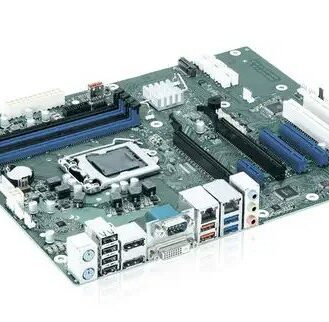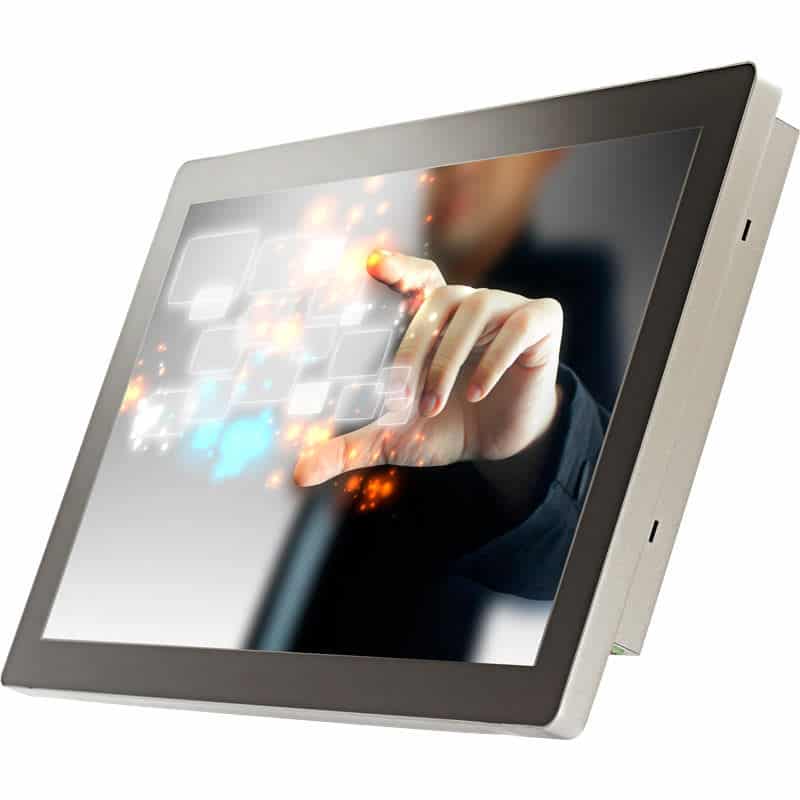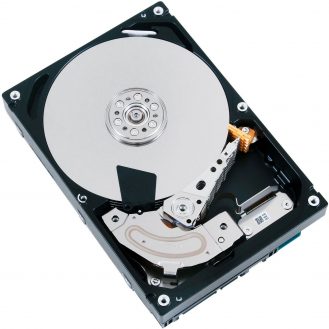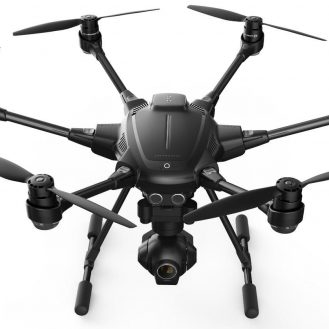When choosing your industrial monitor, it is important to take the environment it will be used in and its application into account. Will your monitor come into contact with any liquid? Dust? Does it need good brightness? The type of integration (rack-mount, panel mount, etc.) is also important. Which touchscreen is optimized for your application and what degree of protection do you need?
Depending on your working environment and planned application, you can choose:
- The desired screen size and format. We define the diagonal (in inches) and the width:height ratio. The 6:9 and 4:3 ratios are the most well known, but it is also possible to have a 5:4 or a 16:10 screen.
- The screen resolution. The resolution is the degree of detail of the image. It is expressed in pixels.
- The brightness. This is the luminous intensity of the screen. If the screen isn’t bright enough, you will not be able see anything in full daylight. The luminosity is expressed in candela per square meter (also referred to as nits). The standard brightness is about 250 cd/m². Today “sunlight readable” monitors are available for use in very bright environments. These screens must have a brightness greater than 1,000 cd/m2.
- The resistance of the monitor is the ability of the screen to undergo aggression in order to avoid short circuits or infiltration into your system. Several standards guide you in the choice of resistance to spattering of various substances (water, oils, solvents, etc.), shocks or more aggressive spattering in explosive areas (see paragraph on protection standards below).
- The integration and mounting of the monitor. The VESA Mounting Interface Standard, or VESA mount, defines standards with which monitors are mounted: the hole dimensions, the screws used and the configuration of holes at the back of the screen.
- Tactile or not. As touch screens monitors are increasingly used, if you choose one, you will have to study the environment in which it is used.








